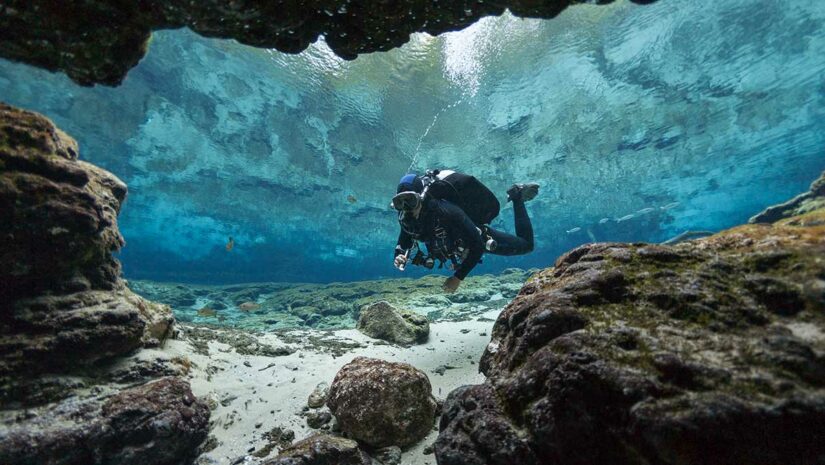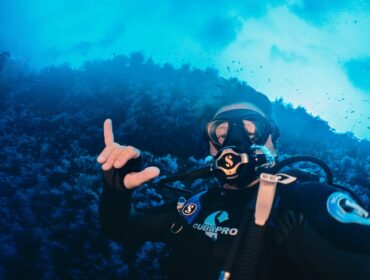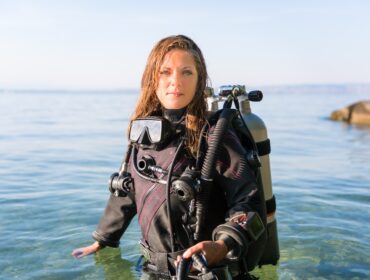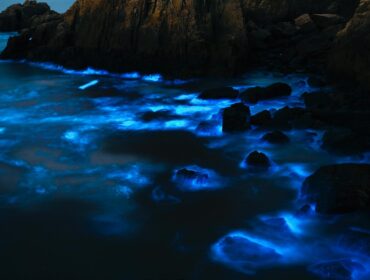Too many deaths occur every year as a result of an inexperienced diver believing they have what it takes to complete a dive they for which they have absolutely no training. Caverns and caves are two particular areas of interest for many divers who don’t seem to realize the training, equipment, and practice it takes to safely complete these dives. This can be easily amended with the PADI Cavern Diver specialty course.
What is Cavern Diving?
Cavern diving is the exploration of an overhead environment while remaining within the portion of the ‘light zone’, which is the section of the overhead environment illuminated by sunlight. The light zone of a cave is defined as that part of the cave from which natural light illuminating the entrance is visible at all times.
Cavern diving differs from cave diving in that cave diving allows a diver to penetrate deep within a cave or enclosed environment well beyond the visible entrance, whereas in cavern diving the diver is restricted to within 40m or 130 feet from the surface including vertical and horizontal distance and must remain within sight of the entrance at all times. Cave diving is considered a part of technical diving, and requires a lot of training and specialized scuba diving equipment whereas cavern diving comes under the sphere of recreational diving.
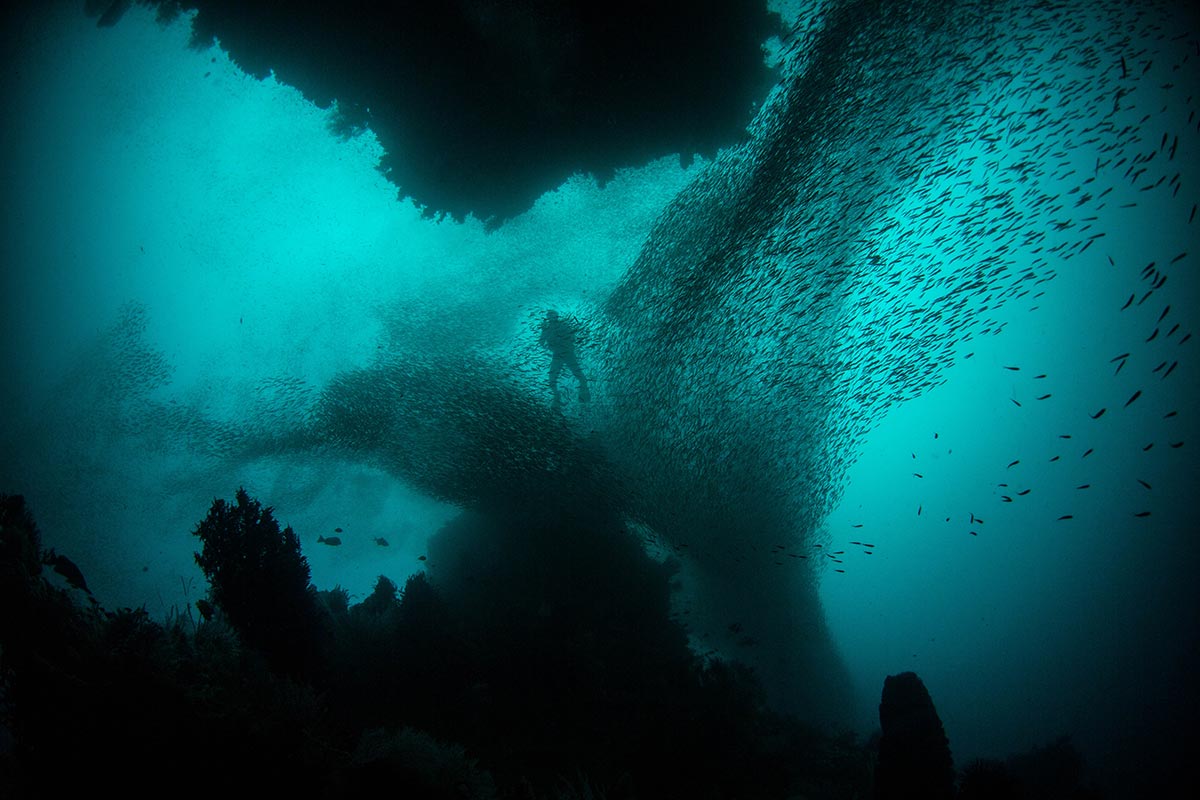
Why do a specialty course in cavern diving?
One of the most beautiful and exciting places to dive underwater is in a cavern. Caverns, or overhead environments such as an overhang jutting out of a sea wall, a volcanic lava tunnel in the ocean or a limestone cavern or sinkhole in a spring fed lake often house interesting marine-life or rock formations showing-off natures beauty. The famous cenotes or cavern diving of the Riviera Maya, Mexico are perhaps one of the most beautiful dive sites in the world. Florida is famous for its scuba diving limestone sinkholes and caverns which only experienced cavern divers can witness. A Cavern diving specialty course acts as a stepping stone introducing the diver to full cave diving by building up the confidence and skills of the diver and increasing his/her awareness and proficiency. The course in no way allows you to perform closed environment cave diving.
Of course, there is a lot of information that is specific only to cavern diving that you will need to learn, while incorporating elements of your basic training. This includes dive planning, air usage and sharing, and what your depth / distance limits will be for this type of diving. You will learn how to use equipment for cave diving, like dive lights, redundant breathing systems, and reels to place guide lines. Because the environment is different within caves than other open water locations, you will learn how to deal with silt and adapt your buoyancy control to prevent silting.
What does the course cover?
The Cavern Diver course includes four training dives, which are conducted over at least two days. The first dive is conducted in open water, practicing the use of special scuba diving equipment such as lines and reels as well as emergency procedures are practiced. The final three dives are conducted in the cavern environment where the skills learnt on the first dive are put into practice. This course covers the knowledge and techniques of cavern diving and describes the dangers involved with cave diving which prepares and trains the diver for the new environment.
The Cavern Diver specialty course teaches divers the basics of diving in the entrance to a cave, known as a cavern. A cavern is the part of a cave in which you can still see natural light from above. Once the light is no longer visible, you’ve entered cave territory — which you should exit immediately if you do not have proper training! So what training needs to be completed for a cave you’re not completely within?
The course covers the following:
- Planning, organization procedures, techniques, problems, and hazards of cavern diving
- special equipment considerations including use of lighting, guidelines, reel handling and redundant breathing systems
- Buoyancy Control
- Air-consumption management and body positioning
- Emergency Procedures
- Specific hazards of cavern diving such as silting, line entanglement and breakage, disorientation and emergency
There is no written exam to successfully complete the PADI cavern specialty course however the diver must successfully complete the knowledge sessions on all the key information areas and perform the four training dives to the satisfaction of the instructor.

Prerequisites to do the course
To qualify for the Altitude Diver course, an individual must:
- Be certified as a PADI Open Water Diver, PADI Junior Open Water Diver or have a qualifying certification from another training organization.
- Be 18 years of age or older.
What equipment do you need for the Cavern Diving course?
You’ll need a line and reel, as well as a primary and backup dive light to take the Cavern Diver specialty course, which can be completed over the course of several days. There’s no reason to enter a potentially dangerous environment without knowing what you’re doing. Take this specialty course and get the training you need to dive the depths of a cavern!

